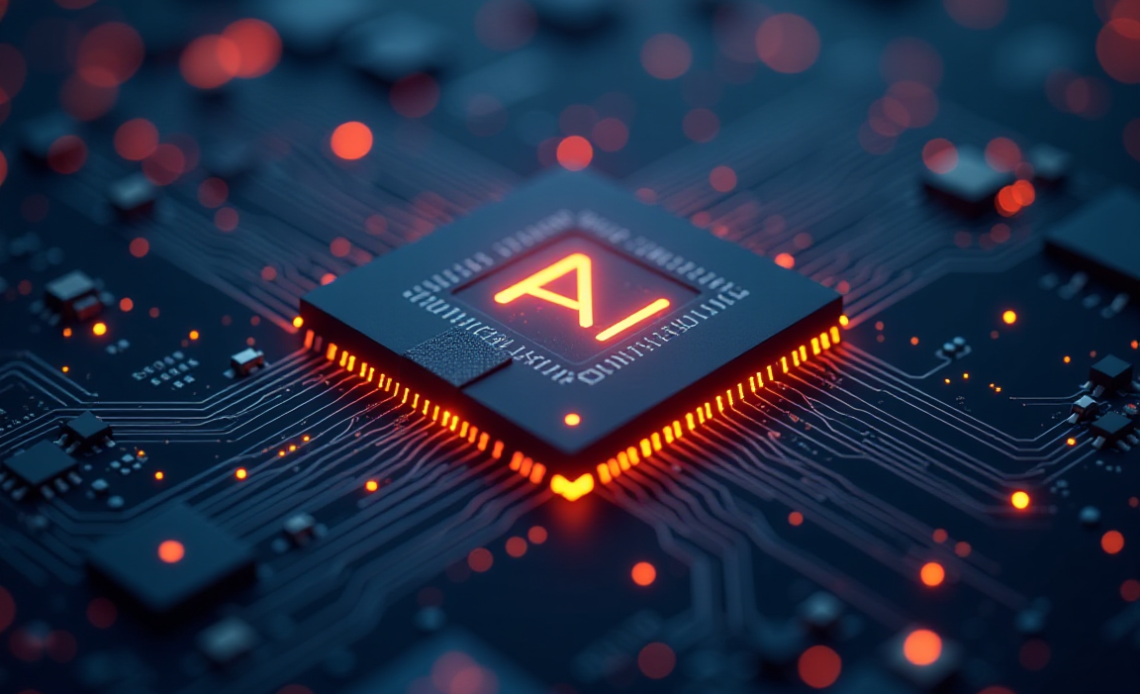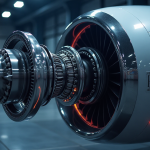
Masayoshi Son is positioning SoftBank at the heart of the global artificial intelligence race, building a portfolio that spans chip design, infrastructure, software, robotics, and AI applications.
The Japanese investment giant has committed around 4.8 trillion yen ($32.7 billion) to OpenAI and recently moved to acquire chip designer Ampere Computing for $6.5 billion.
These bets build on its earlier $32 billion purchase of Arm in 2016, now valued at over $145 billion, as it aims to supply the hardware and ecosystem driving AI growth.
The strategy reflects a long-standing vision, dating back more than a decade, to lead in next-generation machine intelligence.
Expanding AI infrastructure through chip design
SoftBank’s acquisition of Arm in 2016 marked its first major step toward AI infrastructure. Arm-based designs power most smartphones and are increasingly used in AI-focused data centres, including systems by Nvidia.
The planned purchase of Ampere Computing expands SoftBank’s presence in custom chip design, a critical segment as AI workloads require specialised processors.
Arm’s current $145 billion market capitalisation underlines its growing role in AI infrastructure, while Ampere will add server-grade chip capabilities.
Building a diversified AI portfolio
Beyond semiconductors, SoftBank has invested heavily across the AI stack, including in cloud services, robotics, autonomous systems, and enterprise solutions.
Its AI strategy covers foundational chips, software, and sector-specific applications in education, health, and business services.
The Vision Fund, launched in 2017 with $100 billion, has backed companies in ride-hailing, driverless cars, and AI-powered services, with holdings such as British self-driving startup Wayve.
While some investments — including Uber and Didi — struggled with profitability, they aligned with Son’s early expectation that AI would first transform mobility.
From robotics to large language models
Son’s interest in AI applications dates back to SoftBank’s “Next 30-Year Vision” in 2010, when he spoke about self-learning “brain computers.” In 2012, SoftBank took control of Aldebaran, launching the humanoid robot Pepper in 2014.
Although production ended in 2020, Son saw robotics as a long-term growth driver. His current focus has shifted toward generative AI and reasoning models.
SoftBank sought to invest in OpenAI as early as 2019, but Microsoft became the key backer. By 2025, the Vision Fund’s AI-heavy portfolio includes OpenAI and other firms aiming to deliver artificial superintelligence — technology Son predicts could be 10,000 times smarter than humans within a decade.
Risks in a rapidly shifting market
The AI sector is moving at a rapid pace, with competition between US and Chinese tech giants intensifying.
Recent developments, such as Chinese firm DeepSeek’s reasoning model built at a lower cost than US rivals despite export restrictions, show how unexpected breakthroughs can disrupt market leaders.
SoftBank’s challenge is to back technologies that will remain dominant as AI evolves from its current infancy toward artificial general intelligence.
The company maintains that it is still early in the AI investment cycle and aims to embed AI leadership into its long-term corporate DNA, targeting resilience over the next 300 years.
The post SoftBank targets AI dominance with $32.7B OpenAI stake and chip purchases appeared first on Invezz






